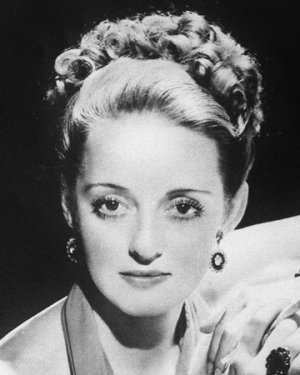mellowyellow
Well-known Member
5 April, 1908
Bette Davis is born

Bette Davis was one of Hollywood's great actresses during its golden age. She was the first actor or actress to be nominated ten times, winning twice for "Dangerous" (1935) and "Jezebel" (1938).
Other significant roles during her career included her comeback film "All About Eve" (1950) and the horror "What Ever Happened to Baby Jane?" (1962) with Joan Crawford with whom she has a real life rivalry.
In 1941 she became the first female president of the Academy of Motion Picture Arts and Sciences, In 1977 she was also the first woman to be presented with a Lifetime Achievement Award from the American Film Institute.
Born: April 5, 1908
Birthplace: Lowell, Massachusetts, USA
Star Sign: Aries
Died: October 6, 1989 (aged 81)
Cause of Death: Breast cancer
Bette Davis is born

Bette Davis was one of Hollywood's great actresses during its golden age. She was the first actor or actress to be nominated ten times, winning twice for "Dangerous" (1935) and "Jezebel" (1938).
Other significant roles during her career included her comeback film "All About Eve" (1950) and the horror "What Ever Happened to Baby Jane?" (1962) with Joan Crawford with whom she has a real life rivalry.
In 1941 she became the first female president of the Academy of Motion Picture Arts and Sciences, In 1977 she was also the first woman to be presented with a Lifetime Achievement Award from the American Film Institute.
Born: April 5, 1908
Birthplace: Lowell, Massachusetts, USA
Star Sign: Aries
Died: October 6, 1989 (aged 81)
Cause of Death: Breast cancer






















